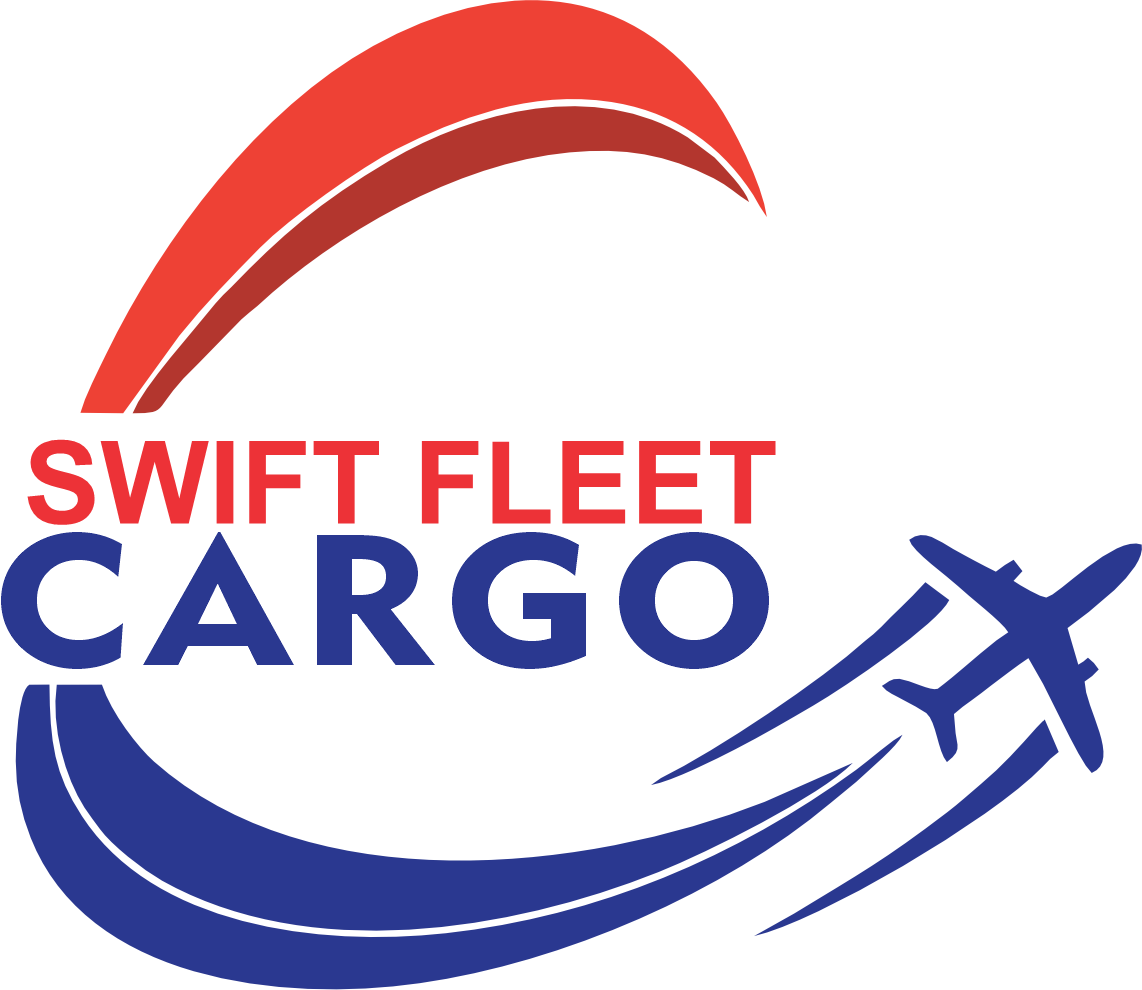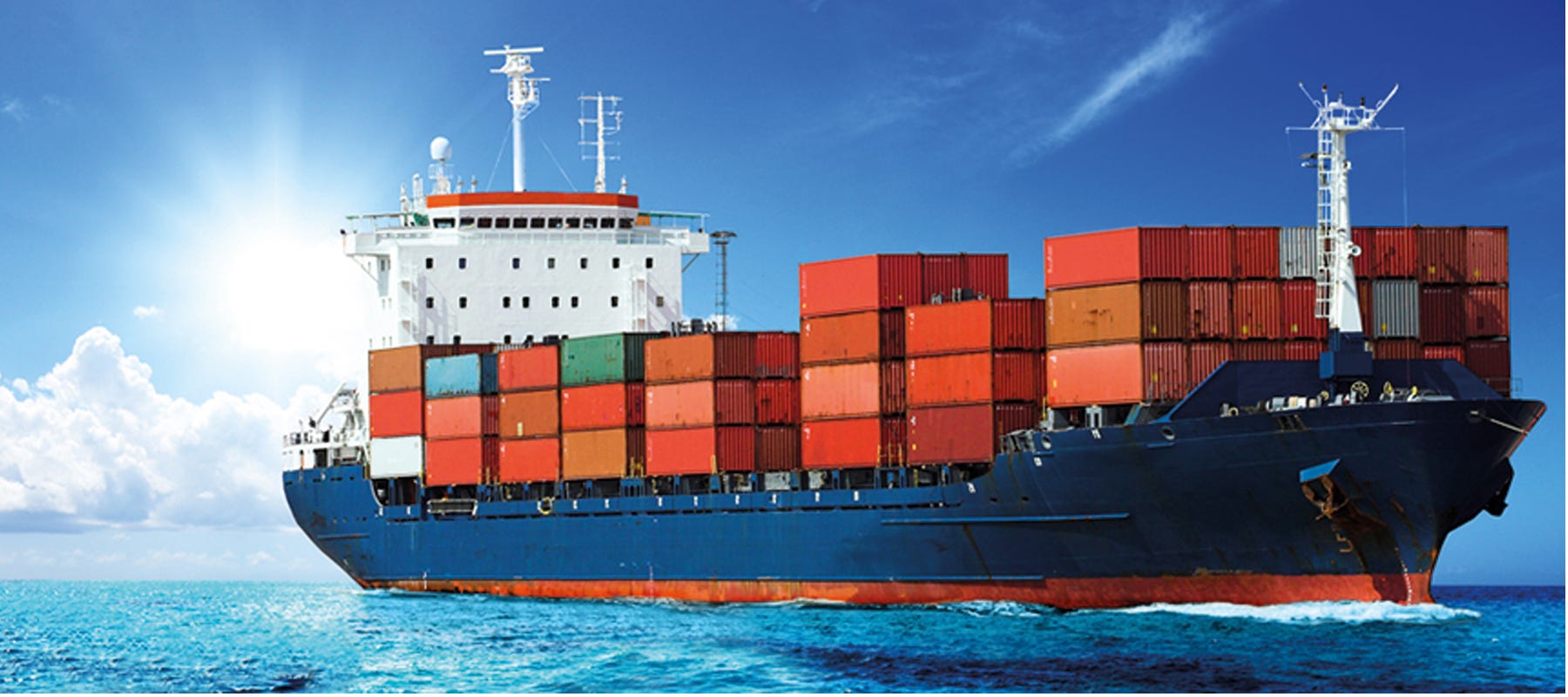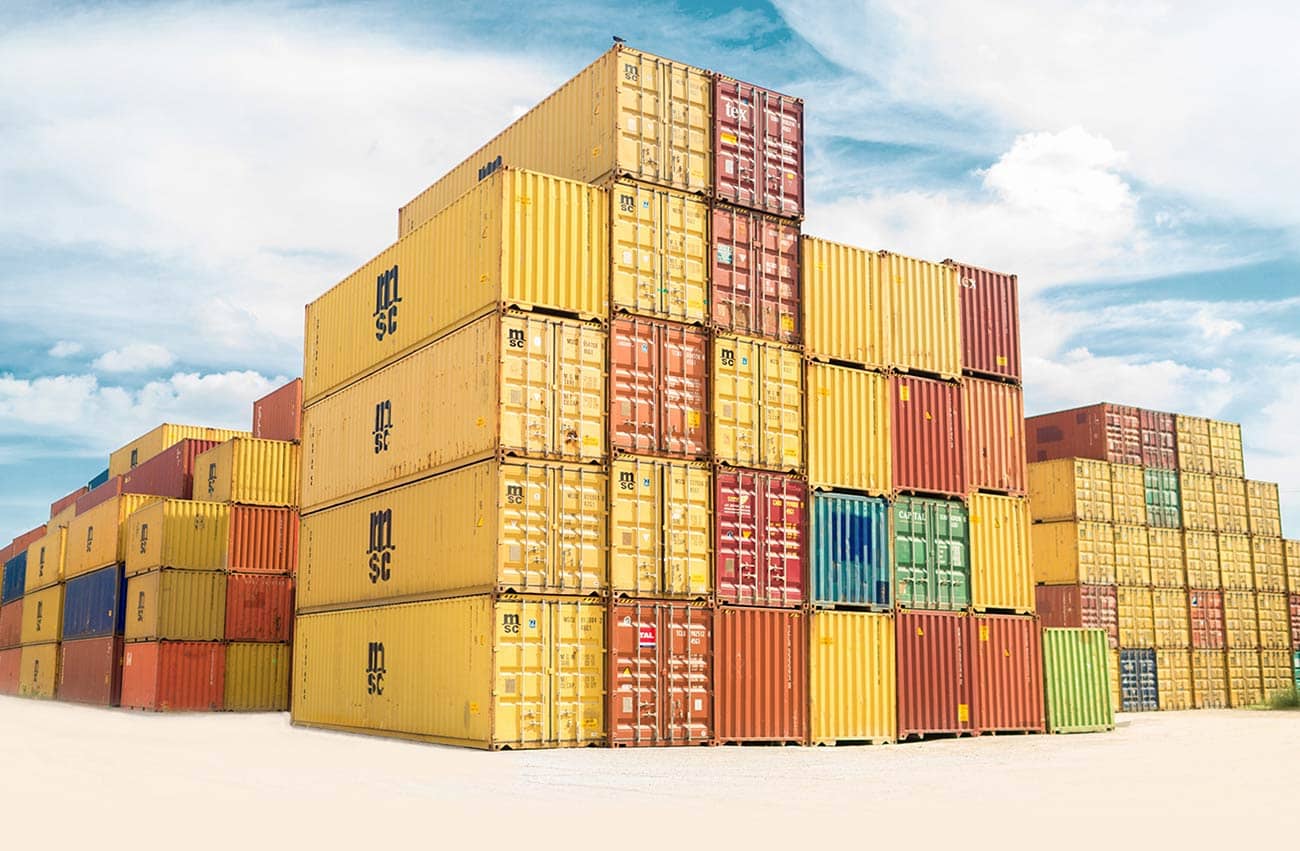
Cargo Ship Costs
The surged to record highs as global supply chain disruptions continue to wreak havoc on the shipping industry. The cost of chartering a cargo ship has more than quadrupled in the past year, with some companies paying up to $200,000 per day for a single vessel.
The skyrocketing costs are driven by a combination of factors, including a shortage of shipping containers, congestion at ports, and a lack of available ships. The pandemic has also played a role, as lockdowns and restrictions have disrupted the flow of goods and led to a surge in demand for shipping services.
The soaring costs are putting a strain on businesses that rely on imported goods, and some are being forced to pass on the increased expenses to consumers. The situation is particularly dire for small and medium-sized businesses, which may not have the financial resources to absorb the higher costs.
Industry experts warn that the high shipping costs are likely to persist for the foreseeable future, as the global supply chain struggles to recover from the disruptions caused by the pandemic. This could have far-reaching implications for the global economy, as higher shipping costs could lead to increased inflation and slower economic growth.
As businesses continue to grapple with the challenges of the current shipping environment, many are looking for alternative solutions, such as air freight or sourcing goods from closer to home. However, these options come with their own set of challenges and may not be feasible for all businesses.
In the meantime, companies are bracing themselves for the continued impact of record-high cargo ship costs, as they navigate the uncertain waters of the global supply chain.
The cost of cargo ships has been on the rise in recent years, driven by a combination of factors including increasing demand for global trade, rising fuel prices, and a shortage of available vessels.
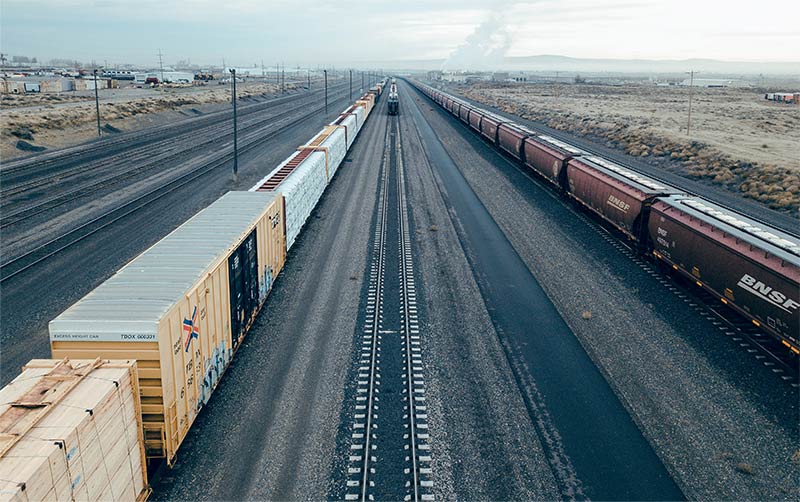
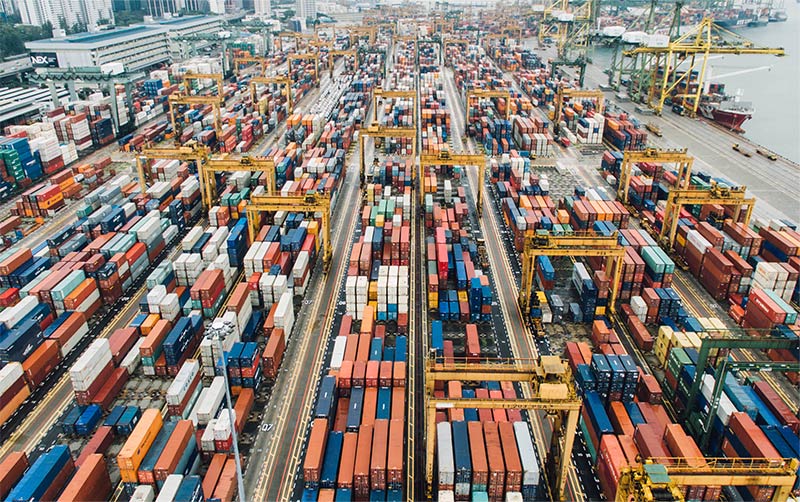
According to industry experts, the average cost of a new cargo ship has increased by over 30% in the past five years, with some specialized vessels seeing even larger price hikes. This has put pressure on shipping companies and logistics providers, who are struggling to keep up with the rising costs.
One of the main drivers of the increase in costs is the growing demand for cargo ships, particularly in emerging markets such as China and India. As these countries continue to industrialize and expand their economies, the need for transportation of goods by sea has skyrocketed, leading to a shortage of available vessels and driving up prices.
Additionally, the rising cost of fuel has also contributed to the overall increase in the cost of operating cargo ships. With fuel prices reaching record highs in recent years, shipping companies have been forced to pass on these additional costs to their customers, further driving up the overall cost of shipping goods by sea.
As a result of these factors, many shipping companies are now looking for ways to mitigate the rising costs of cargo ships, including investing in more fuel-efficient vessels, optimizing their shipping routes, and exploring alternative transportation methods such as rail and air freight.
Overall, the increasing cost of cargo ships is a significant concern for the global shipping industry, and it is likely to continue to have a major impact on the cost of transporting goods in the years to come.
